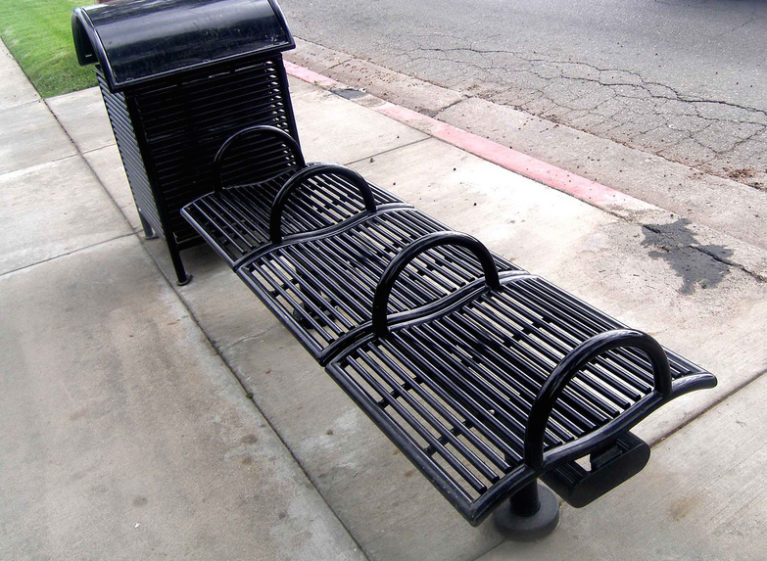The GDP of America is an astronomical $18 trillion. To put it in perspective, if California seceded from the United States, it would have the eighth largest GDP of all the countries in the world (just beating out Italy).
When you start to consider just how much money exists in America, it makes the fact that we even have homelessness seems all the more absurd.
Depending on where you live across the country, you may have different ideas about how prolific the homeless situation is in this country. That’s why stats can help make the realities a bit more clear.
So the question is: how bad is homelessness in America, really?
How bad can it be?
Let’s start with the definition: an individual may be considered homeless when they lack permanent housing and have to stay in shelters, abandoned buildings or vehicles, on the streets, or in other forms of unstable situations. They may also be considered homeless if they have to “double up” with friends or extended family members because they are unable to maintain their own housing situation.
We’ve seen this issue arise in some form since the 1870s and it’s continued to pervade our society into the present day. On a single night in January 2015, for example, 564,708 people were considered homelessness in America, according to the National Alliance to End Homelessness. That’s over half a million people without a roof over their heads.
In a single night in California in 2016, 21.48% of the population experienced homelessness. In New York, 15.7%. That’s over 100,000 people in California and 80,000 people in New York.
Homelessness is an issue that pervades many societies around the world but it seems to be an exceptional struggle for the United States. Among the top homeless cities in the world, New York City ranks the second highest on the list, with Los Angeles following at a close third. Other American cities featured include Boston, Washington D.C., San Francisco, and Phoenix.
Although the national rate of homelessness has gone down from 21.5% in 2007 to 17.7% in 2015, there is still a lot of work to be done––the rate of homelessness amongst individual states continues to be high and the amount of affordable housing remains painfully low.
So what can we do?
As a volunteer EMT, I’ve seen my share of what can happen on the streets. Many homeless die when it’s too hot, too cold, or too wet. These are real people who need real resources, like shelter, food, and clothes. We have to do more as a nation to stop treating the homeless as invisible, and start treating them as human beings. We must do more, as fellow neighbors, developers, lawmakers, citizens, to solve this problem and get people off the streets, because everyone, everyone, deserves a home.
But have we already built a system against homeless by design?
Anti-Homeless Design
Have you ever wondered why some public benches have that third arm rest in the middle? Or why some are just not that comfortable? I never used to give it a second thought. I reasoned it was just the cheapest design available.
As it turns out, they were specifically designed in this way to dissuade people from sitting too long. Or to deter people from sleeping there.
This kind of design practice is subtle but everywhere in our cities and even has an actual term: hostile or defensive urban architecture. It’s used to discreetly target loitering and reduce the visibility of those deemed “unappealing” to the aesthetics of the city: the “reckless” teenagers, the poor, the homeless.
Other measures include camping restrictions and even banning private food donations to the homeless. In 2012, New York City mayor Michael Bloomberg outlawed food donations because “the city couldn’t assess salt, fat, and fiber content” of the food. Apparently it was more important to monitor the healthiness of what his people were eating, even if they were eating nothing at all.
A solution for $46 a year
For a more explicit solution, I think we should look towards Housing First, “a proven approach in which people experiencing homelessness are offered permanent housing with few to no treatment preconditions, behavioral contingencies, or barriers.” The project believes that the issues that cause a person to be homeless–unemployment, poverty, mental health, etc.–can be better addressed once they actually have a home.
And the best part is, the program’s proving to be working. Using this approach, homelessness could be eliminated at an annual additional cost of $1.7 billion. If this sounds like a lot––it’s not. It’s about $46 a year per person. Or put even more in scale: 88 cents per week.
Considering it can cost over $100,000 annually to support a chronically homeless person vs. the $35,000 per year to provide permanent housing, this may be a mutually beneficial approach.
Either way, we must continue to take steps towards eradicating homelessness in our country and ensuring that everyone has the basic necessity of shelter. I’d be willing to pay 88 cents more per week for that. Wouldn’t you?
This article was originally published on DanNeiditch.org

